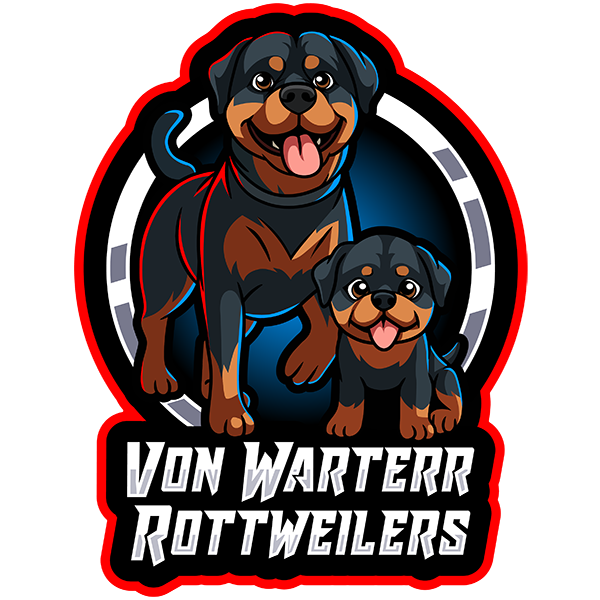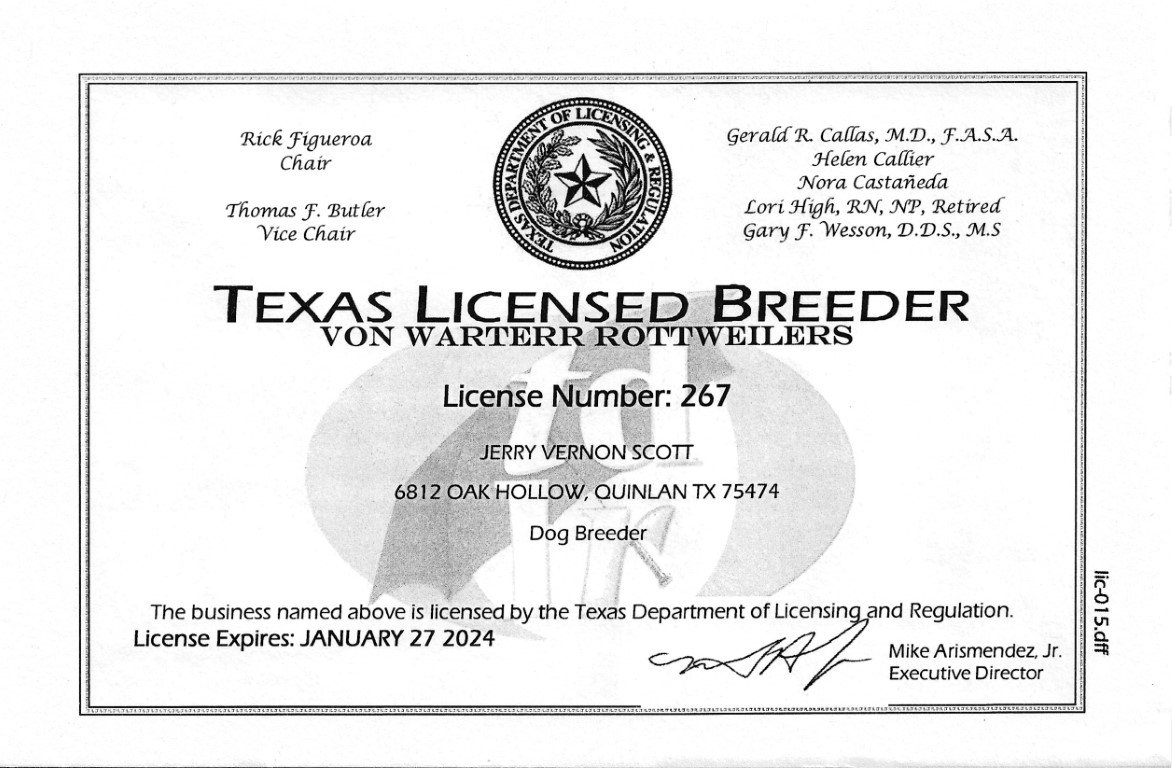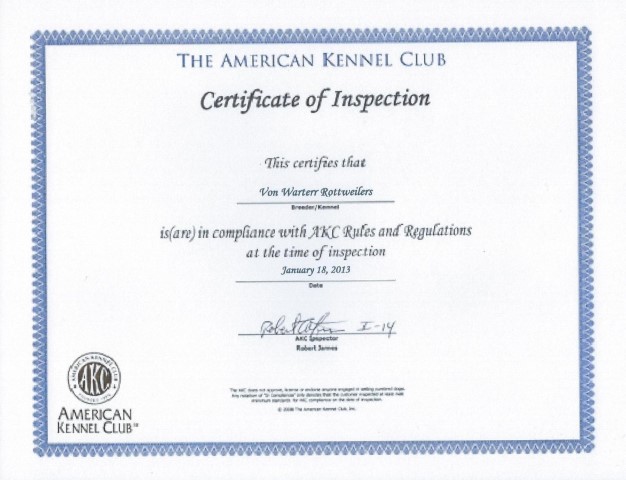Article 10 -Socialization: How to Introduce Your Puppy to People and Other Dogs
Posted on April 6th, 2015
Article 11 - Socialization - Introducing Your Puppy to Other Dogs
Socialization: Introducing Your Puppy to People
Your puppy needs to remain in a protective environment until all vaccines have been completed and a healthy immune system has been established. This complicates the socialization process, but you cannot wait until the series of puppy shots is complete before you start this important training. There is a relatively small window of time to imprint your canine companion's lifelong temperament in relation to his social acceptance and behavior. It should be your goal to introduce your puppy to as many different people as possible before he is sixteen weeks old. The confidence that the puppy develops in meeting strangers and the social behavior he learns during this critical stage will remain largely fixed through the duration of the dog's life. Therefore, you must dedicate yourself to invest the necessary time for this crucial training. Otherwise, you will have to deal with a dog that may be shy, fearful, or aggressive in interaction with strangers for the next decade or more. This can be not only undesirable but dangerous as the dog may be prone to bite someone at some point. A dog who is not properly socialized will have to be locked up every time company comes to the house. If the dog is used to being out in the house, he will whine or bark the whole time you are trying to enjoy your house guests. Another result of failing to properly socialize your dog is that it can present unpleasant problems when it comes to walking your dog or taking your dog out in public.These issues can be avoided if you prioritize the socializing of your puppy from the first day that he arrives home.
It is enjoyable to own a dog who meets people with confidence and who can be trusted to interact with proper supervision. Until your puppy has completed all vaccines, you will need to invite people to your home for planned training sessions in socialization. Introduce the puppy to individuals and groups of people. Request the help of family, friends, and neighbors. The socialization needs to include men and women. You especially want to work on socializing your dogs with men as there is a natural tendency for them to be more guarded toward males. Introduce your puppy to children and elderly people. Try to have as much variety as possible as far as the people they meet: tall people, short people, heavy people, thin people, people of different races, people with and without facial hair, bald people, people with glasses, people with hats, people in uniform, etc. The more people they meet the better when it comes to socialization. When people come to help with socialization, instruct them specifically what you want them to do before you introduce your puppy to them. Provide each guest with puppy treats to use during the introduction and interaction. Both you and the guest should give a lot of verbal praise as the meeting takes place. The food reward will teach your puppy that meeting new people is an enjoyable experience. A puppy that learns to love people will mature to become an adult dog that loves people. People love dogs that love people! It is very important to remember that the puppy owner must remain the alpha during these training sessions and as such, your puppy will look to you for protection. Do not let people play rough with your puppy. Do not let them pick him up high off the ground, hang the pup over their shoulders, or hold the puppy suspended in space in front of their face while the pup's feet hang in the air. This is frightening for the pup because he has no footing and feels as if he is completely out of control. A frightening experience for your puppy is a negative experience and you want socializing to be all positive. So protect your puppy from these types of negative experiences as they do leave an impression.
It is especially important to supervise the socialization of children. Children love pups and just naturally want to pick them up and carry them around like a rag doll, but this is uncomfortable interaction for the young pup. Do not allow children to chase your pup around the room or get too excited and yell and scream. Have the child sit down on the floor, allowing the puppy to come to the child. Explain to the child not to make sudden movements that make the puppy uneasy. Children will be able to increase their activity level around the puppy as he grows in confidence after a few weeks of social training. When your pup reaches the age of twelve weeks and has had at least three sets of puppy shots, then he can begin to leave the house for more advanced socializing. At this point, you want to expose the puppy to a wide variety of environments where he can meet many strangers. If permissible, consider taking him to your place of employment for a day. Take him to a public park to meet people. Take him on daily walks around your neighborhood and introduce him to your neighbors. Tell people you are working on socializing and ask them to come meet your puppy. They will be glad to know that you are committed to training your dog to be friendly. Have a cook-out and invite a number of guests to your house for the occasion. Take your puppy to a tailgating party prior to a football game. Bring your puppy wherever there are people and your pup would be safe and welcomed. Your puppy can be both friendly and protective but it takes proper training. You have to begin at an early age or it will be forever too late in many cases.
Socialization: Introducing Your Puppy to Other Dogs
Whether you are bringing a new dog into your home to live with preexisting dogs or just introducing your dog to another strange dog, there is a right way and a wrong way to socialize canines. You do not want to make dog introductions the wrong way because it could end up in a terrible dog fight that risks injury to the dogs and the people trying to break it up. One poor lapse in judgment can leave your dog scarred psychologically for the rest of its life. Usually once a dog has been attacked it will always be aggressive when meeting new dogs and perceive all strange dogs as a threat. Therefore great care should be given when bringing two new dogs together.
Dogs are pack animals and they instinctively seek to establish a hierarchy of dominance when they are forced to be together. It is of utmost importance that the human be the alpha or the pack leader. Each dog must know you will protect them from the other dog and so there is not a need for them to act in an aggressive defensive manner. They must also know that if they do show aggression towards another dog then you as the pack leader will give them strong correction for their unacceptable behavior.
When introducing two dogs to one another they key factor is “control”. It is best if introductions can be made with one dog being confined to a crate and the other dog allowed to approach and sniff the crate while on lead in case a firm correction needs to be given because of growling, barking or other aggressive behaviors. If the situation does not allow for the use of a crate when making introductions then without exception, the two dogs must always be on a lead that is held by people who are strong enough to maintain complete control of the dogs.
Keep the leash loose because a taunt lead creates a measure of tension in the dogs. As the dogs approach one another set them at ease with your voice. Communicate to them that it is ok and this is not a threatening situation. Closely observe the dog’s body language. You want to see a wagging or relaxed tail. If your dog drops its tail then it is stressed and unsure so boost their confidence. Watch for hair raising up on their backs as this is a sign of aggression. If your dog hides behind you or gets between your legs then they are looking for your protection so ease them into the introduction and do not be too forceful. Reassure them that you will protect them so there is no need for fear.
Ideally you would like to see both dogs take the posture of a “play bow” where they go down to the ground in the front with their rear in the air inviting the other dog to come and play. This is body language where two dogs say to one another that I am not afraid of you nor do I want to hurt you but I want to play with you.
Allow the dogs to sniff one another but do not allow mounting nor posturing where one dog puts his head over the other dogs shoulder and pushes down because these are acts of dominance and can create a challenge to prove who is top dog by fighting. If you are dealing with two dominant dogs that give you great concern then you may want to muzzle both dogs for the introductions and until you are comfortable with their interactions.
It is not advisable to let dogs run loose to romp and play together until they have spent a lot of time together on leash and under control and you feel very confident that they are accepting of one another. Personally I never let two of my Rottweilers of the same gender run loose in the yard. Same sex dogs can be perfectly fine one moment and the next moment something can trigger a terrible fight. The rewards of them running and playing together are just not worth the risks involved in my opinion.
Allow me to give you a few words of warning. Be careful about toys when you have two dogs together as this can lead to article aggression. Realize that your dog will not like and may not tolerate a strange dog jumping up on you. Jealousy can be a real escalator that leads to a dog fight. Watch for stare downs between two dogs because this is usually a precursor before the two engage in a fight. Of course food can also cause a fight.
Dogs tend to be very territorial so it is best to introduce two strange dogs on neutral grounds so they do not feel compelled to protect their home turf from an unwanted intruder. Never take the approach that you are just going to put dogs together and let them work it out for themselves. Such thinking is just stupid!
It is highly recommended that you out your puppy in a “socialization class” after completing all puppy vaccines. This is a great opportunity for them at a young age to begin interacting with other breeds. It is also good to have them in a group obedience class as they get older to continue their animal socialization. While dog parks can be a good experience for furthering their social manners just remember that not everyone at the dog park maintains proper control of their pets so be observant to see potential problems before they occur.


